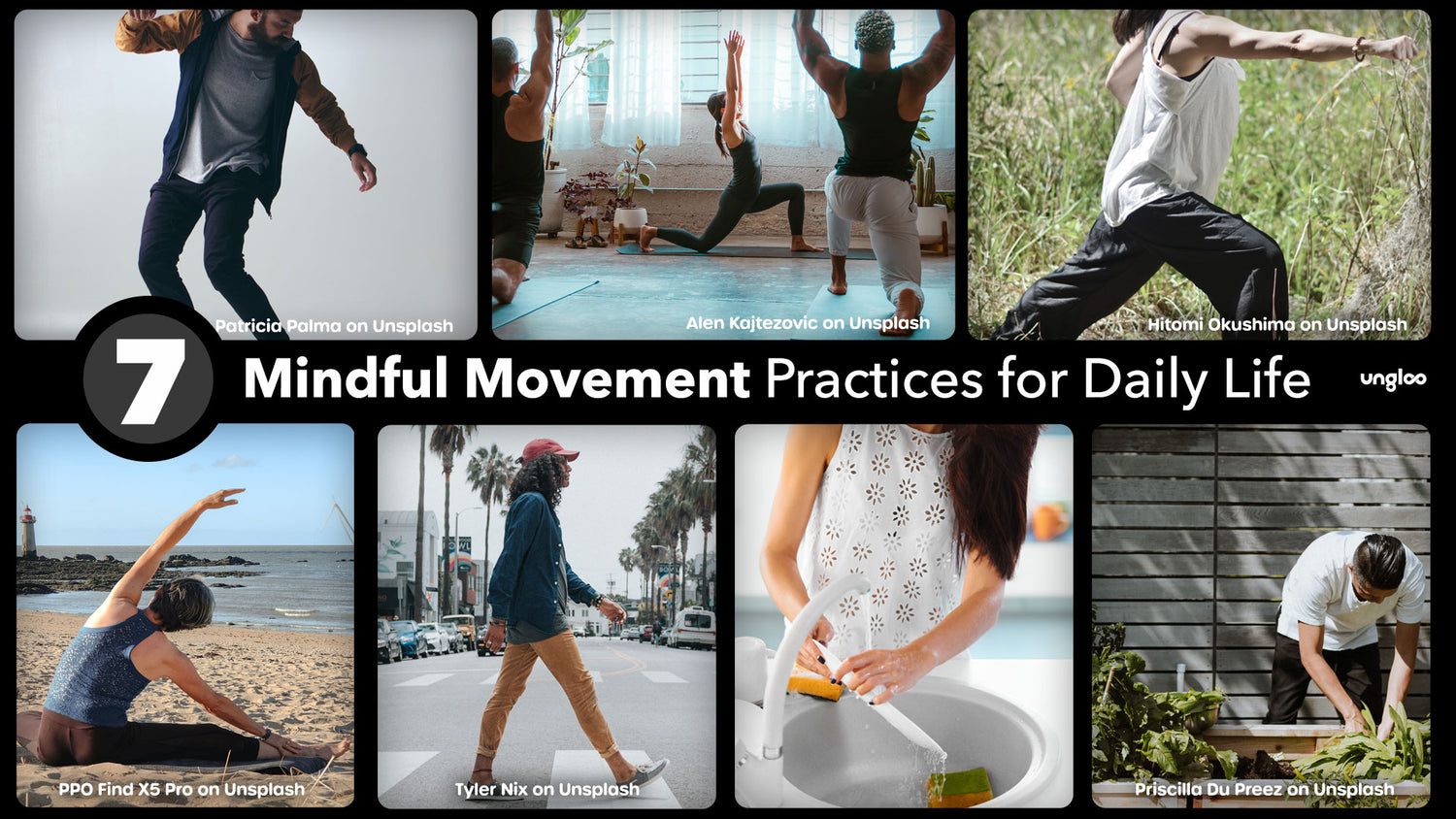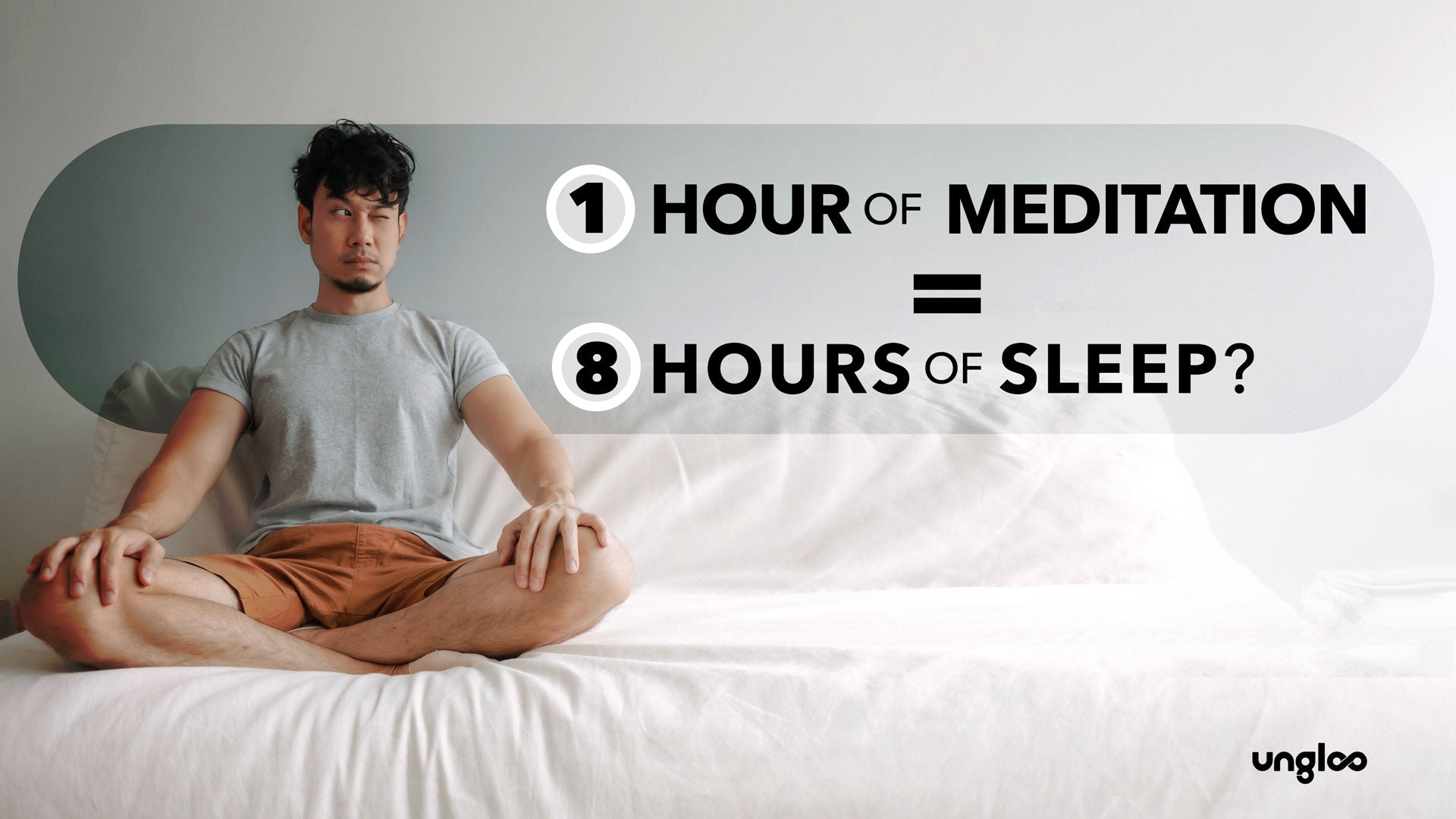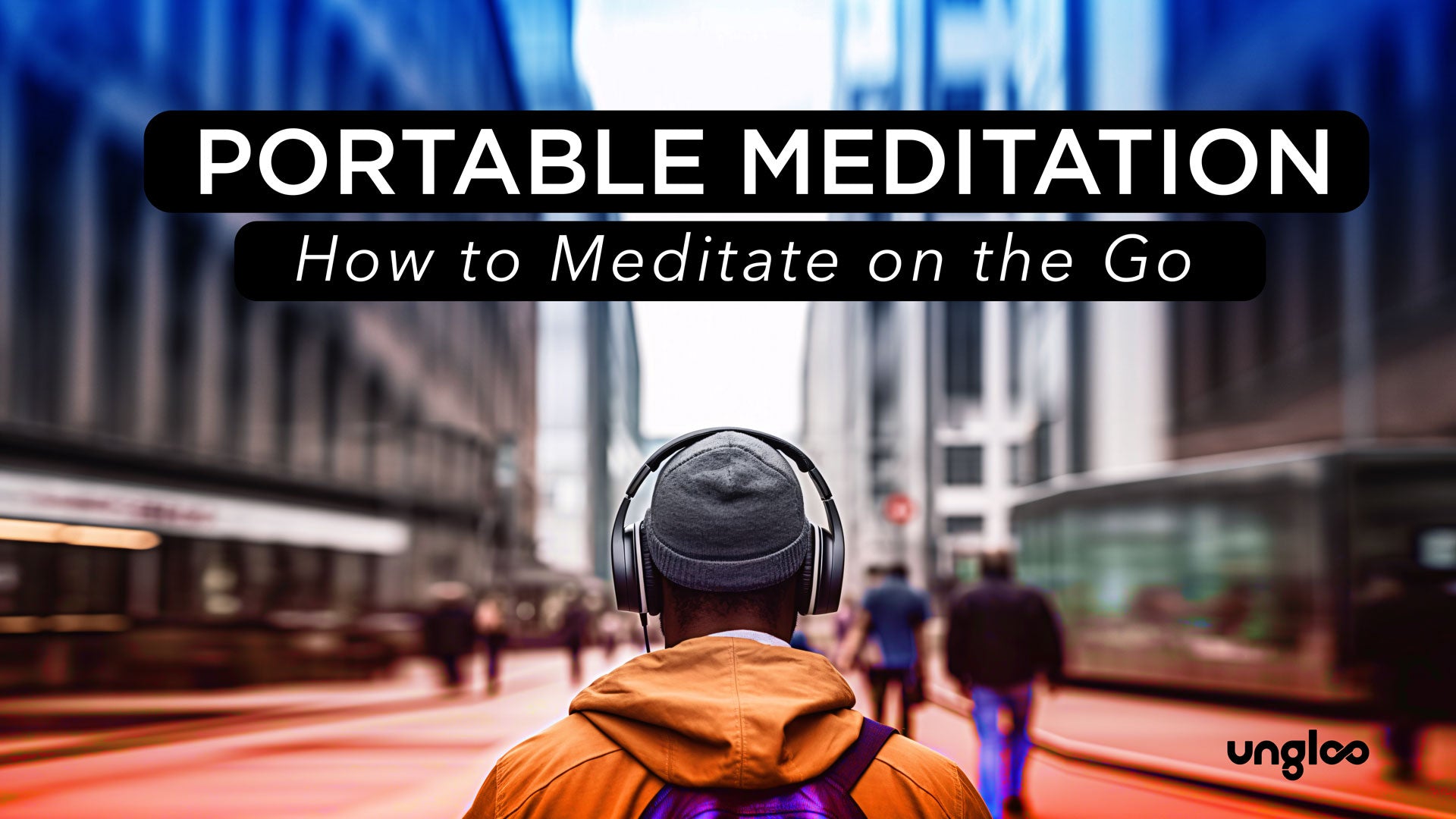Mindful movement involves focusing your full attention on your body's physical sensations and movements. By bringing mindfulness to everyday movements like walking, stretching, or doing yoga, you can increase body awareness, relieve stress, and fully experience the present moment. Regular mindful movement practices can help integrate mindfulness into your daily life.
What Are The Benefits Of Practicing Mindful Movement?
Breathing mindfully can bring a wealth of benefits to both body and mind. Some of the major advantages of practicing mindful movement through conscious breathing and other simple practices include:
- Stress relief: Focusing on your body's movements calms the mind and relaxes tension. Simple movements repeated with awareness can help release stored stress and tension.
- Increased focus and concentration: Mindful exercises require focusing solely on the movement, building concentration skills that can carry over to other activities.
- Better posture and body awareness: Noticing how your body moves and feels during an activity leads to a greater understanding of your posture and alignment over time.
- Mental clarity: According to a 2013 study, bringing mindful attention to physical sensations and movements can reduce mental clutter, distractions, and negative thoughts.
- Joy and lightness: Simple movements practiced slowly with presence can bring happiness, lightness, and ease to the body and mind.
7 Mindful Movement Practices for Daily Life, Mindful Movement
Many mindful movement practices are simple yet profound ways to bring mindfulness into daily life. They are activities like walking, yoga, and tai chi. Below are the seven best:
1. Walking Meditation
Walking meditation is a simple yet powerful way to practice mindfulness daily. Walking, we tend to let our minds wander and drift into thoughts about the past and future. Walking meditation brings our attention back to the present moment by focusing our awareness on the physical sensations of each step.
As we walk slowly, deliberately, and mindfully, we notice the lifting and placing of each foot, the sensation of the air on our skin, and the rhythm and flow of our walking movements. The continuous and repetitive action of walking allows the mind to settle and become still.
By paying attention to the physical movements and sensations, we remain fully present during the activity and gain a deeper insight into the natural flow of all experiences.
2. Yoga
Yoga, when practiced with mindfulness, becomes a moving meditation. Our joints and muscles naturally guide us into various asanas (poses), allowing us to explore different ranges of motion and physical openings. As we transition between poses, we bring our attention inward to our breathing and the subtle feelings and tensions that arise within the body.
By holding each pose for a few breaths, we can experience the pose fully at that moment - observing how our body balances and aligns itself as we breathe into areas of tightness or discomfort. With non-judging awareness, we notice how our mind reacts to effort and ease within each posture.
As we move slowly and consciously from pose to pose, we develop a calmer, more focused state of mind while also honing inner body awareness - critical aspects of mindfulness practice that can be applied off the mat.
3. Tai Chi
Tai Chi exemplifies the union of mindful movement and moving meditation. The slow, gentle Tai Chi forms require deep concentration and body awareness as one performs each movement deliberately and precisely. While moving the arms and legs in a continuous flow, the practitioner must remain internally focused on the alignment of the posture.
The repetitive nature of the forms allows the mind to settle into a calm, observant state as distractions fall away and one becomes absorbed in the present experience of moving and breathing. As tension dissolves, an inner stillness emerges within the outer activity.
Tai Chi trains the mind to be fully present during all movements and actions, cultivating mindfulness both on and off the Tai Chi mat. The cognitive benefits of Tai Chi, such as improved concentration, mental clarity, and reduced stress, stem directly from its role as a moving meditation practice.
4. Floor Exercises
When practiced mindfully, simple floor exercises like stretching, and isometric holds can become moving meditations. Lying on the floor allows us to connect with the ground directly, heightening our awareness of support and stability.
Our breath is an anchor, reminding us to stay present with each movement and pause. With a spirit of curiosity and non-judgment, we notice tensions that block full extension, the discomfort that signals overexertion, and subtle rhythms within our bodies.
As distracting thoughts fade, our minds absorb the flow of movement and stillness - entering and exiting poses quickly and gracefully. When practiced mindfully, floor exercises can awaken deeper body wisdom while nourishing our need for physical grounding and calm.
5. Everyday Tasks
Some of the most accessible mindful movement practices are the everyday tasks we perform routinely with little awareness - like washing dishes, cooking meals, or folding laundry. When we bring mindfulness to mundane chores, they become opportunities for cultivating the presence of the mind. As we wash each dish, we can focus on the feeling of water running over our hands and the direct sensory experience of washing and rinsing.
When folding clothes, we notice the textures, creases, and colors while becoming absorbed in the rhythmic movements of our arms and hands. As thoughts inevitably arise, we simply notice them without getting carried away, returning our attention to the physical sensations and movements.
We learn to remain grounded and centered amidst life's busyness through everyday tasks done consciously and deliberately. Our actions become infused with stillness and ease as tensions fade and distractions lessen. Practicing mindfulness during routine chores can transform ordinary movements into extraordinary journeys of self-discovery.
6. Dance to Music
Dancing to music can become a profound form of moving meditation when practiced with mindfulness and presence of mind. Rather than focusing on performing the 'right' moves or adhering to a style, we simply allow the music to move us organically from within - awakening natural rhythms and impulses that pulsate through our bodies.
Dancing mindfully cultivates inner stillness amidst outer activity, allowing tensions to melt away as we become fully immersed and absorbed in the direct experience. The lessons of mindfulness we learn on the dance floor - of letting go, presence, and effortless flow - can then be applied to enrich our lives beyond the music.
7. Meditative Gardening
Meditative gardening involves performing routine gardening and yard work very slowly, consciously, and with the entire presence of mind. We focus inwardly on the physical sensations that arise as we pull weeds, turn the soil, or prune plants.
We become absorbed in the direct sensory experience - noticing the smells of the earth and plants, the sounds of birds and insects, and the play of sunlight on leaves and flowers. As thoughts come and go, we return our attention gently to the physical sensations and movements - allowing tensions to dissolve as we connect more deeply with nature through simple actions.
Meditative gardening cultivates a calm and centered state of mind amidst the busy activities of the garden. The lessons we learn outside - of patience, presence, and relaxation - can then be brought indoors to enrich our lives beyond the yard.
Conclusion
Regularly practicing mindful movement through activities like yoga, meditation, Tai Chi, and even simple chores has numerous benefits for the mind and body. It cultivates the presence of mind, mental clarity, stress reduction, inner stillness, and body awareness - all qualities that nourish our well-being and happiness.
To incorporate more mindful movement into your life, choose one or two practices that appeal to you and commit to doing them regularly - even just a few minutes a day.



